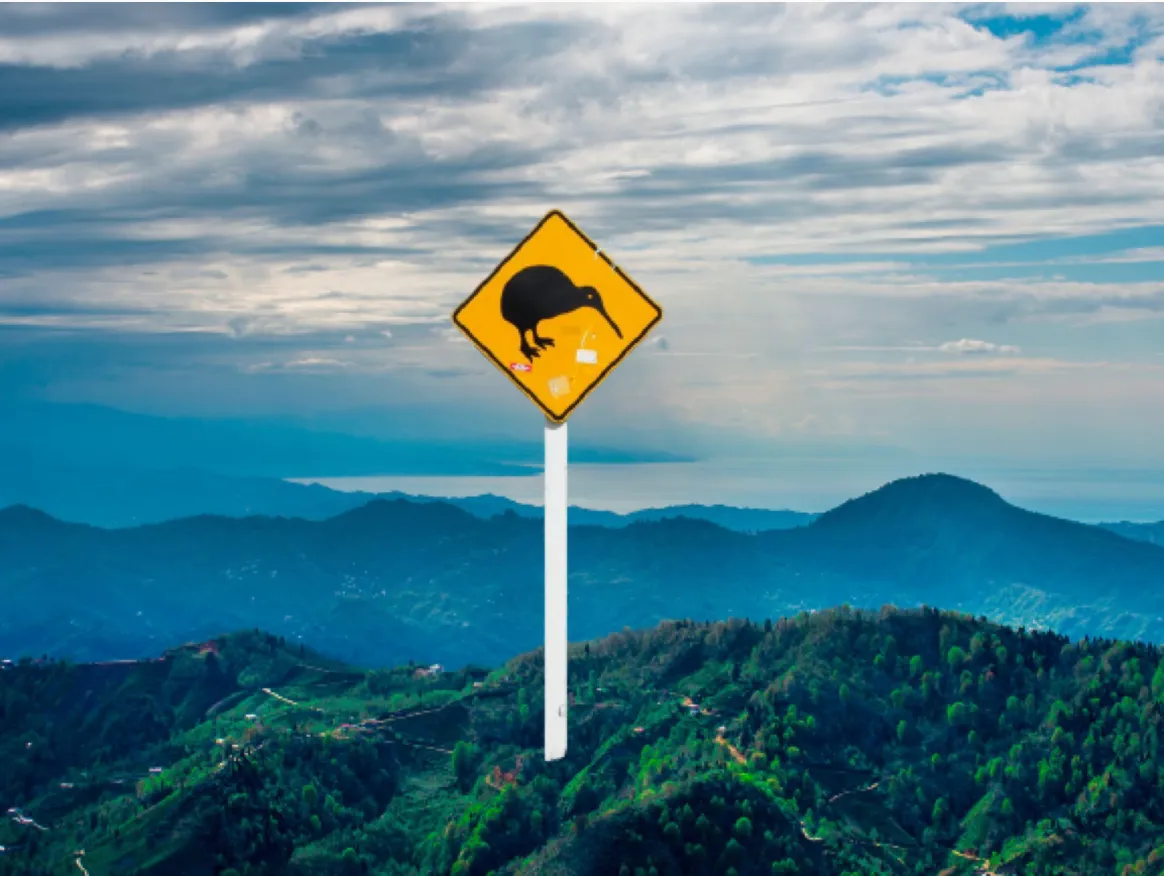The migrations of the Sooty Shearwater will have been an invaluable aid to Polynesian seafaring explorers. Perhaps they were their primary navigational aid. Indeed the entire ‘Polynesian triangle’ of exploration from Hawaii in the north, Rapa Nui (Easter Island) in the east and New Zealand south-west can be traced by the Shearwater migrations. Where they go; there is land, for sure.

Twenty million of the creatures abound today while, who knows, 600 years ago there may have been double that number travelling together in large groups like black clouds towards the horizon.
Lord only knows how may ocean-going craft were launched Southwards in early October, and how many lives lost following those migrating birds before survivable landfall was eventually made. But we do know, of course, that some made it here and some, though far fewer, made it back to ‘Hawaiki’. One of those that did, left in legacy another vital navigational sign-post to the (relatively) huge and heavily forested fabled land, rich in sea-food and bird-life if a little chilly for total creature comfort. Look for the long white cloud, he said. Which advice seems, at first blush, completely ridiculous.
Spring brings some very cool south-easterlies to the parts about my abode and are distinctly unwelcome bar the one silver lining; the day following the frigid affair is (almost) always beautifully still and calm. People flock to the south coast to take in the truly wonderful view, highlighted by the south-easter’s dump of fresh snow atop the Kaikoura Ranges. Appearing across the haze of Cook’s Straights the snow-capped ridges appear as to be almost suspended in mid-air, just like a cloud, really. It’s magical.

Thus it was that Toroa, setting on a course that Spring morning from the rising sun to the setting sun and with the wind at his back, aboard Mataatua, stirred as his steersman pointed to a tiny bright cloud which seemed to appear on the horizon. First visible about 100 miles off-shore, depending on conditions, by meridian the sun’s rays will have blazed in reflected glory off those craggy ranges and all on board Mataatua extremely excited as Toroa ordered sails down and paddles out, steering towards that long white ‘cloud’ appearing above the ocean’s haze, that ao tea roa as described by Paikea, which brightly signalled the position of purported paradise.
The name for the navigational aid diminished in relevance and significance as the era of ocean-going Maori ebbed for whatever reason, but the significator was seemingly adopted to the northern, much warmer and preferred island destination. Almost always referred to as motu Aotearoa: ‘Aotearoa island’ in early authentic Maori recollections of North Island history the name nevertheless had legs even if, by the time of Cook’s arrival, it had become better known as: Ea – raise up (above water), Hei – snare, noose, net, No – of, belonging to: Maauwe – Maui, and later still the island of Te Ika a Maui (The fish of Maui) while its southern neighbour remained constant as Te Wai Pounamu (The Waters of Greenstone).
Since then the name’s original meaning has been misunderstood, mythologised and misappropriated, but nevertheless adopted by many as the moniker for the whole collective of outcrops that comprise our nation, its significance misconstrued, but firmly rooted in history as expounded by the people of Urewera and the East Coast, and relayed to us over a century ago by Col. Thomas William Porter; a character steeped in Maoridom, and in whom those people he lead for years through several forest campaigns completely entrusted not just with their lives, but with their more valuable ancient histories.
Believe it, or not.
Please share this article so that others can discover The BFD









